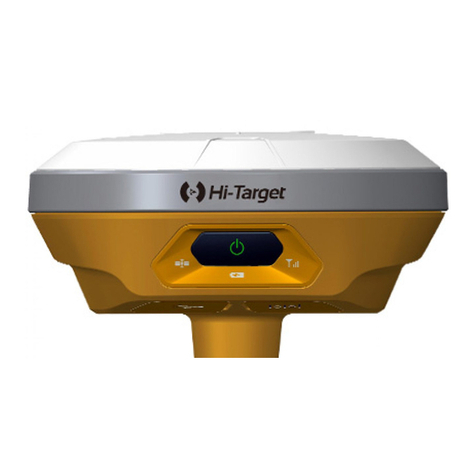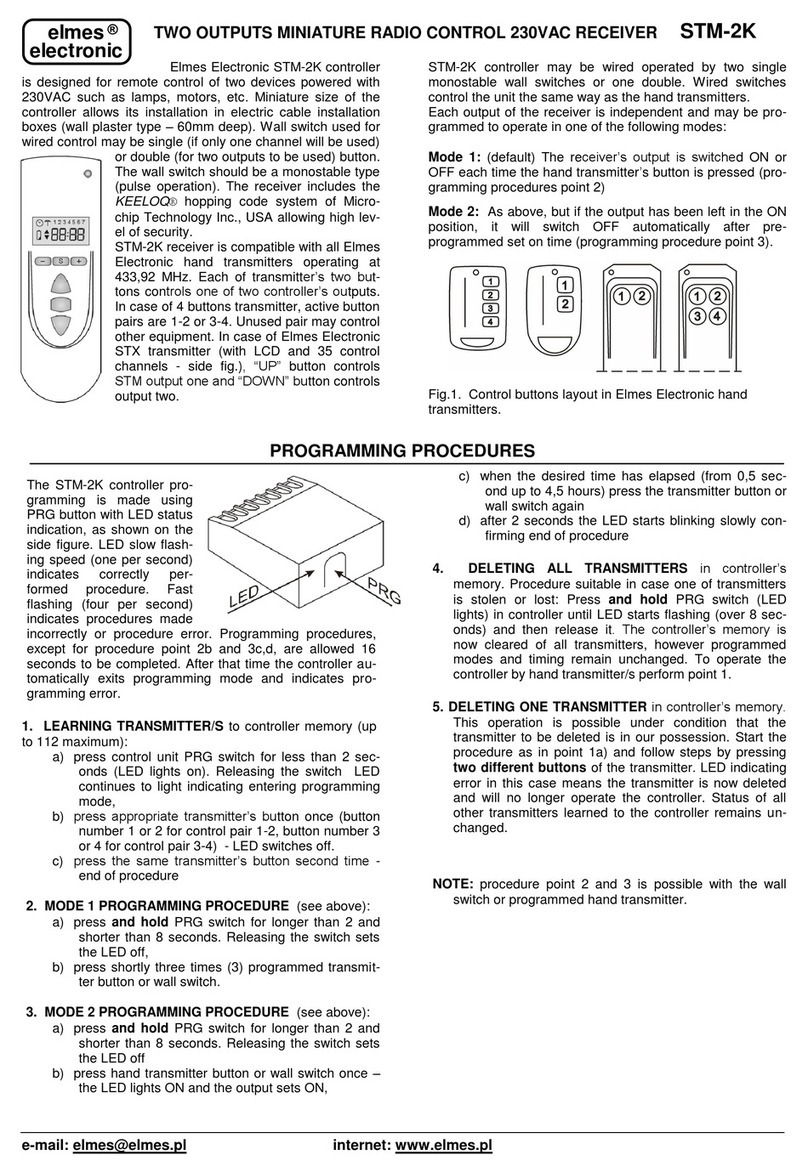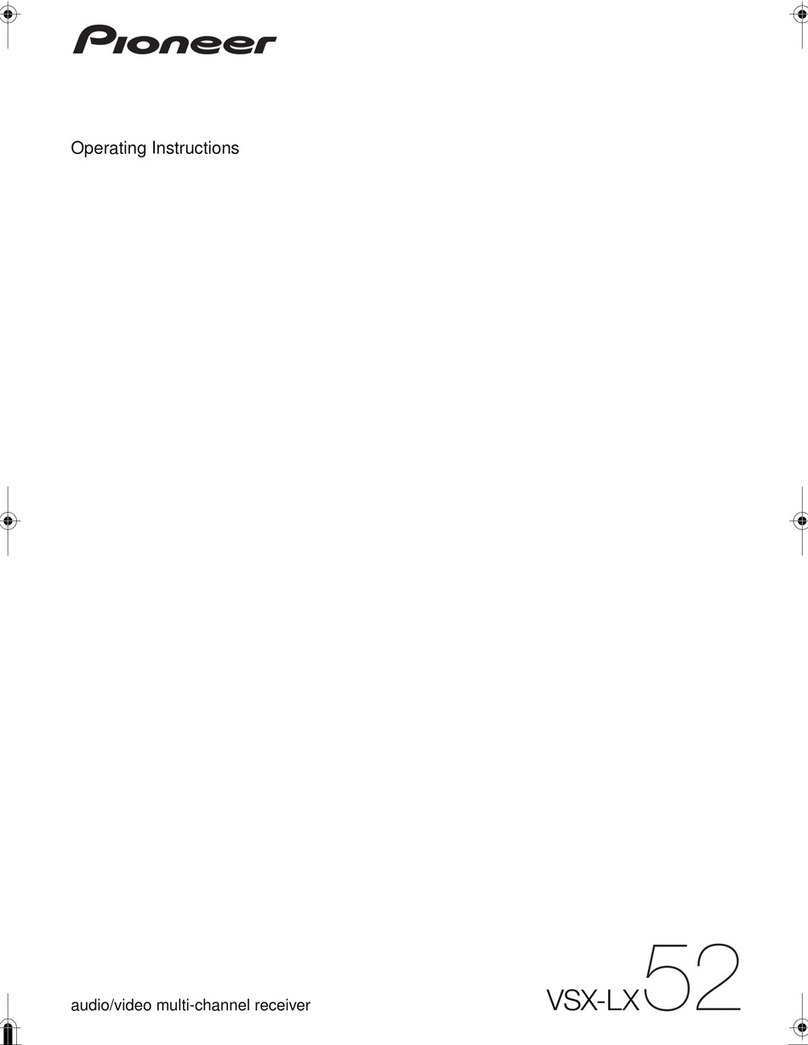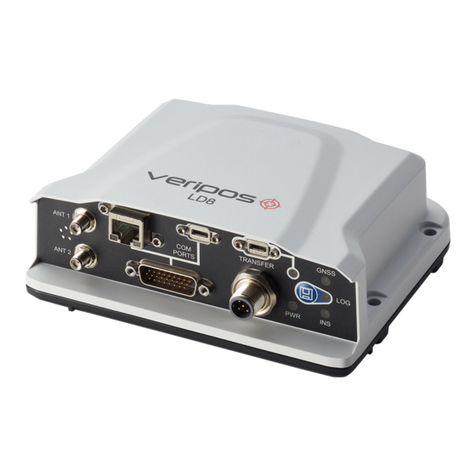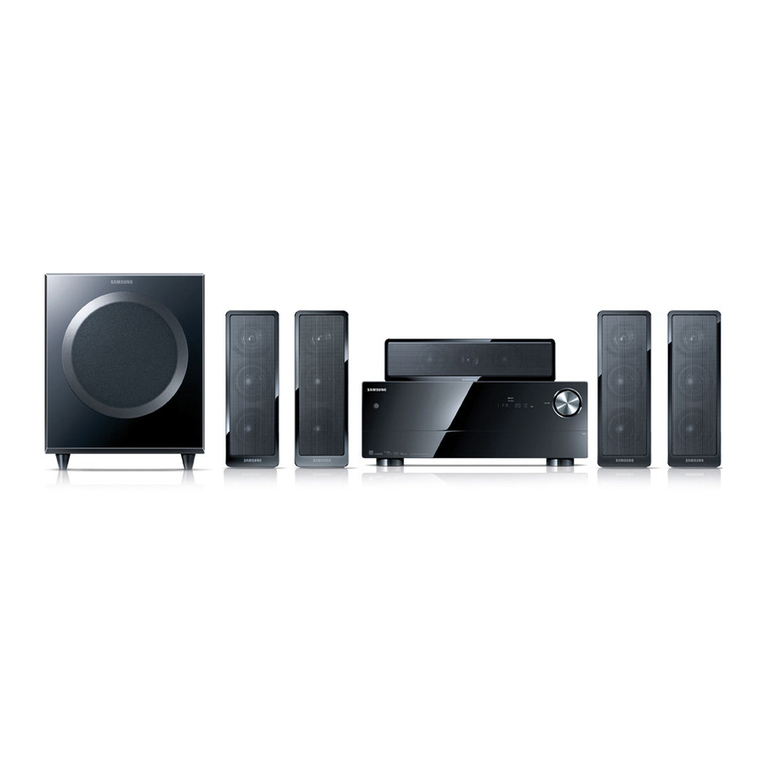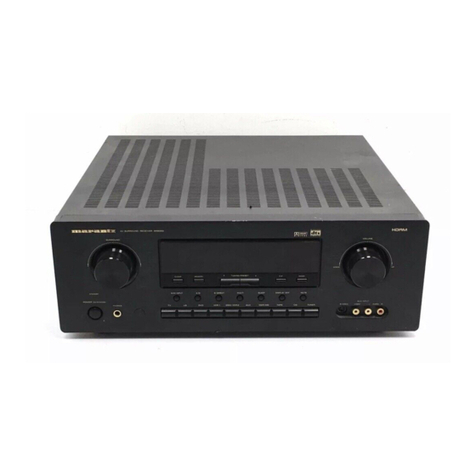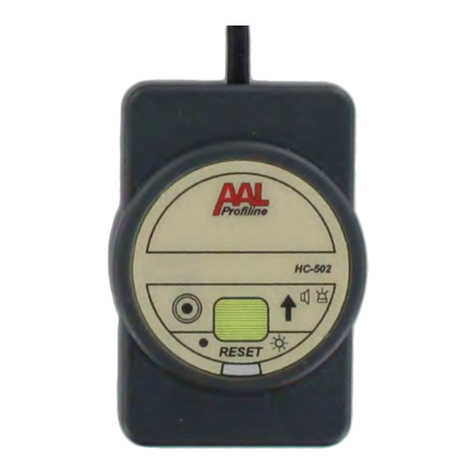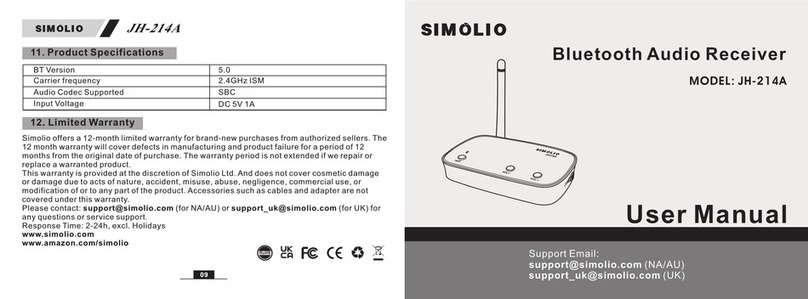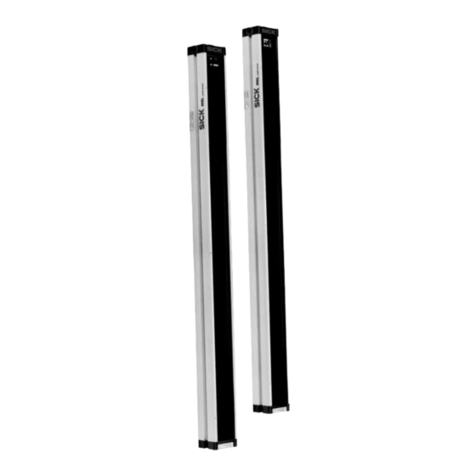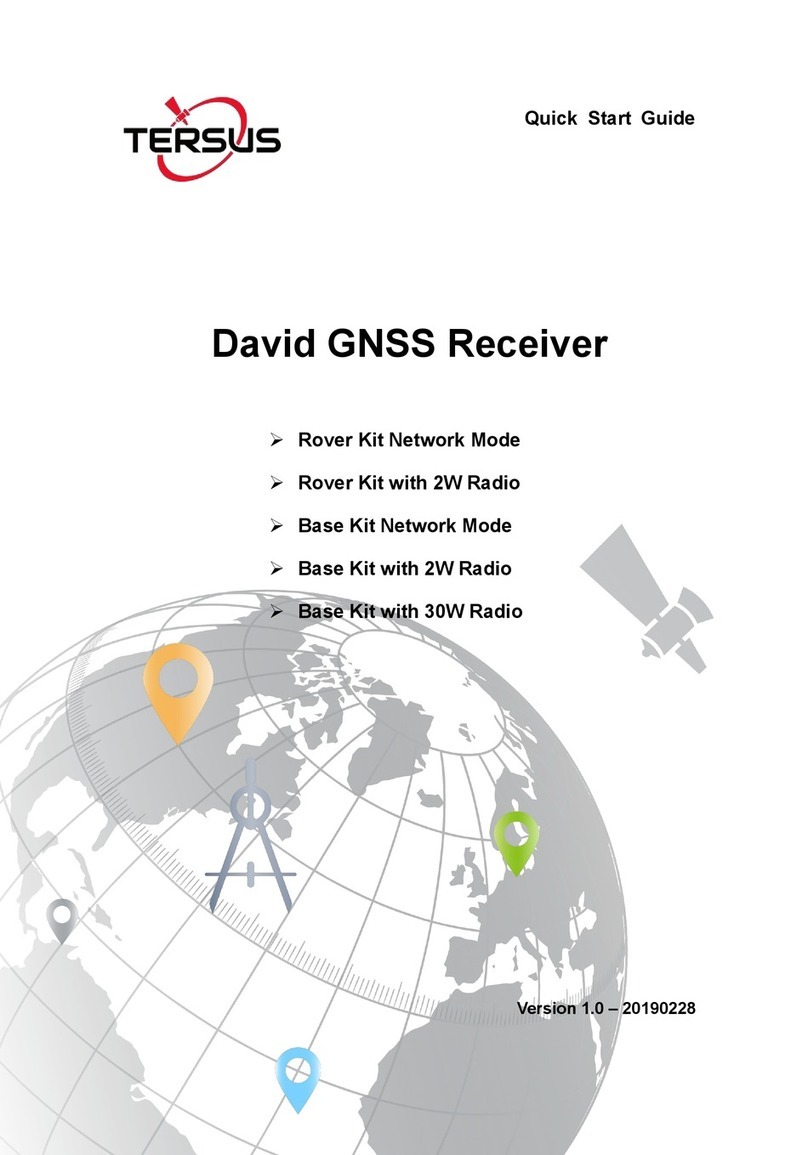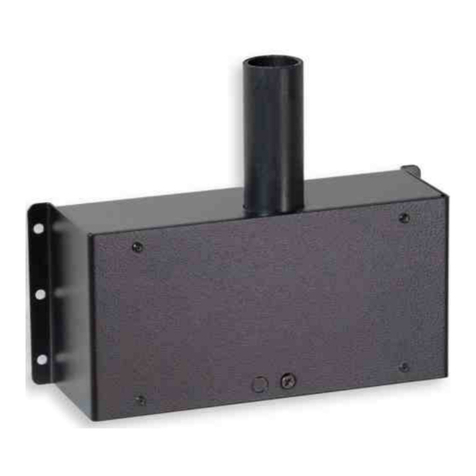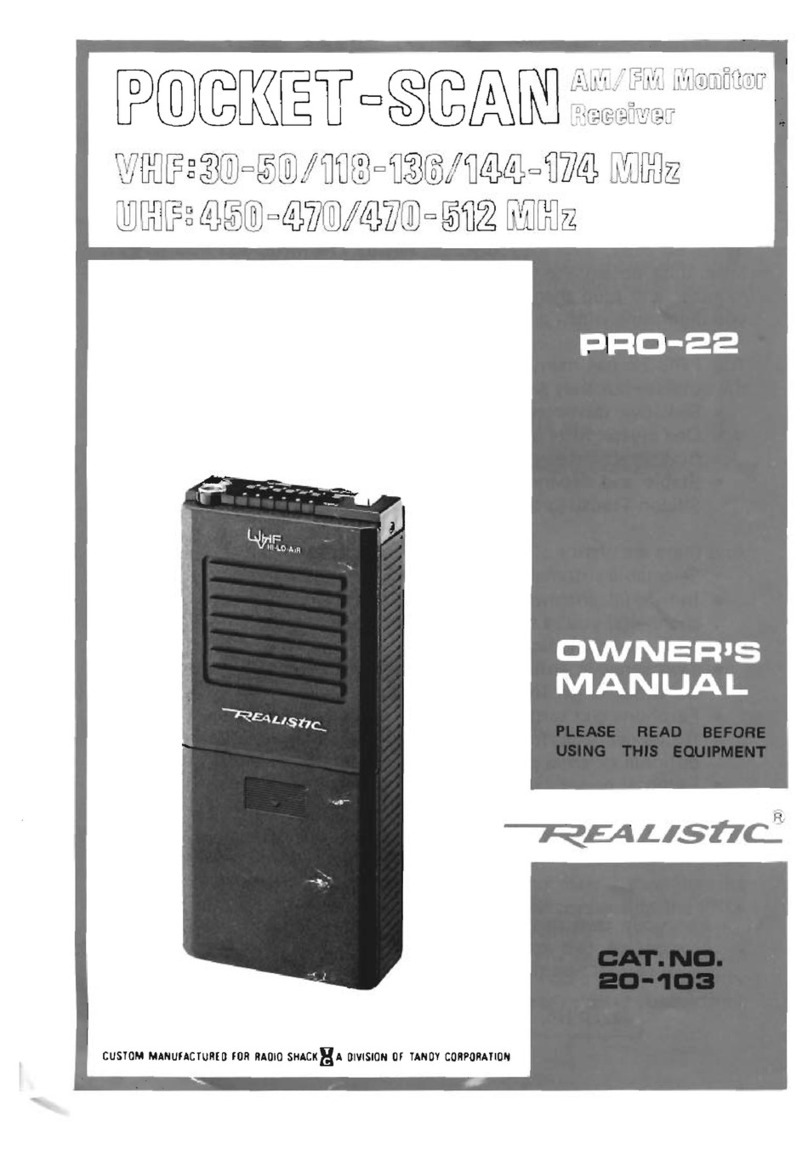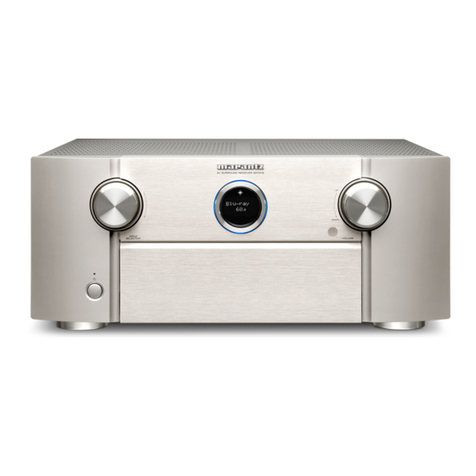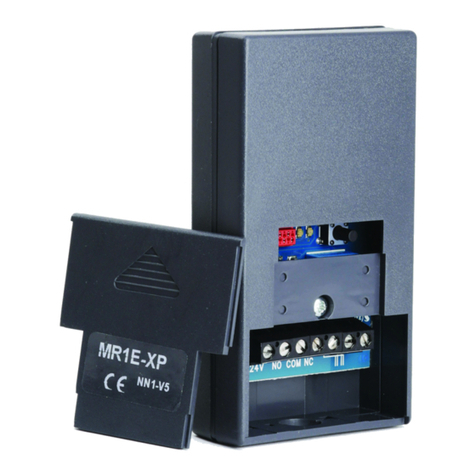NK TECHNOLOGIES WRT Series User manual

INSTRUCTIONS
1. Set the node ID (See zone table on Configura-
tion page)
2. Use master receiver set to node 0
3. Set radio channel
4. Set power input switch to terminal
5. Set group ID if needed
6. Mount the transmitter
7. Connect power source
8. Connect RS485 cable to slave unit
9. Power up, confirm data reception
WRT SERIES
Radio Transmitter/Receiver
WRT - R85 - 05D - C - 1 - M
POWER SUPPLY:
-05D 5VDC (100mA minimum)
OUTPUT:
-R85 RS485 - Modbus RTU
SENSOR TYPE:
WRT Wireless Radio Transmitter
Model Number KeySpecifications
Power 4.0-6.0VDC 100mA
Temperature
Operation -10 to +70 C
Storage -20 to +80C
Humidity 85% RH
Communication Simplex/semiduplex
Modulation Direct Sequence Spread Spectrum
Offset QPSK signal
Speed Max. 250kbps
Range 800 meters line of sight
Transmit Output Max 10mW
Com Freq. 2405MHzto2475MHz(5MHzstep,
15 channels)
Adjacent ch -25 dB
Occupied Freq width 5 MHz max
Receive Sensitivity -95 dBm or better
Spurious response 25 dB or better
Adjacent ch rej 20 dB or better
Carrier sense (RSSI) -77dBm +/- 5dB
Interface 8 pin terminal block 24-16AWG
Communication Semiduplex RS485 Standard
Speed 2.4k/4.8k/9.6k/19.2k/38.4 k
/57.6k/115.2k kbps (19200 default)
Data length 1 to 256 bytes
Databit 8 bit, even parity, 1 start, 1 stop bit
LSB first, no flow control
Wire cable length 30m max (using 16 AWG)
Indicating LED Red, Green, Orange
Switches: Node 2 each 4bit (0-99)
Group ID 1 ea. 4 bit, 16 conditions
Channel 1 ea 4 bit, 15 ch (11-25)
Dimensions 55 X 75 X 20mm (with projections)
Weight 100g maximum
Quick “How To” Guide
WRT Inst. Rev 2 08/05/2013 P/N 894080001
Sensors and Transducers
3511 Charter Park Drive, San Jose, CA 95136
800-959-4014 or +1-408-871-7510 Phone
+1-408-871-7515 FAX
[email protected], www.nktechnologies.com
Other NK Technologies Products Include:
AC & DC Current Transducers
AC & DC Current Operated Switches
1φ& 3φPower Transducers
Current & Potential Transformers (CTs&PTs)
HOUSING:
- C Common
Note: Factory configured for 19,200 baud, 8 data bits,
even parity, one stop bit unless otherwise specified
NETWORK ZONES (Master):
-0: Slave node
- 1: 99 nodes, 1 input each
- 2: 2 nodes, 63 input each (99 max)
- 4: 4 nodes, 31 inputs each
- 7: 7 nodes, 15 inputs each
- 13: 13 nodes, 7 inputs each
Comm.:
- M Master
- S Slave

The WRT is a Wireless data transmission device designed
to receive and transmit RS485 data packets. The product
is factory configured for Modbus RTU protocol. Each data
producing point (slave)can be connectedto oneWRTdevice,
and transmits the data to a second unit, which is connected
to the network master. Several slave data producers can be
connected together, to one WRT. Up to 99 slave units can
transmit to one master, and the units can be configured so
one network master can communicate with another network
through a repeater (see network connection examples)
Description
Installation
Configuration
Power Wiring
Connect external source 4.0 to 6.0 VDC to terminal block,
or use 3.3 to 6.0 VDC produced by AC adaptor, remove
supplied plug and strip wires to terminate onto the radio
block.
Output Wiring
Connect control or monitoring wires to the sensor. Strip
the insulation back approximately 3/8 inch (10mm). If
solid wire, no tool is needed, just insert the wire into
terminal 7 (+) or terminal 8 (-) and the signal ground (6).
Terminals 3,4 and 5 are not used. Wire should be 24-16
AWG, 30 meters maximum. If using stranded wire, use a
small screwdriver to release the terminal securing block
by pressing down on the “x” of the rectangular button,
allowing for wire insertion.
Unit Switch
(RF-CH) Radio
Channel Frequency
0 11 ch 2405 MHz
1 12 ch 2410 MHz
2 13 ch 2415 MHz
3 14 ch 2420 MHz
4 15 ch 2425 MHz
5 16 ch 2430 MHz
6 17 ch 2435 MHz
7 18 ch 2440 MHz
8 19 ch 2445 MHz
9 20 ch 2450 MHz
A 21 ch 2455 MHz
B 22 ch 2460 MHz
C 23 ch 2465 MHz
D 24 ch 2470 MHz
E* 25 ch 2475 MHz
F* 25 ch 2475 MHz
* Note both posi-
tions E and F set channel 25
Each node in a networks will use the same
channel
Node ID: Master is always set to ID
“0”, slave units set to a value between
1 and 99. One transceiver must be
set as the master and at least one as a
slave to the master.
Group ID: Select the same group ID
for all nodes on a network. Contact
factory for other configurations.
Use 5VDC external power supply, and bond the Modbus equipment
ground to the same ground as power supply. If using anAC wall-type
adaptor, removesupplied cord endand strip thecord wires fortermina-
tion on radio block. Set this switch to “TERM” position.
The WRT unit must be installed indoors or outdoors in
a suitable non-metallic enclosure. Each unit requires a 5
VDC power supply, and will need to be configured for
network address, channel frequency and group ID. The
radio can be screwed to a back panel or hung on a wall
with a nail or screw.
Back side of WRT
When installing one zone, set the node (radio) address to
the same value as the data input device. The factory must
configure the master for 2, 4, 7 and 13 zones. When install-
ing more than one zone, set addresses to correspond with
the following table:
Zone Set Up - no more than 99
Zone
Count Slave ID Data
Node Ad-
dress
1 1-99 Matches
slave ID
21 1-63
2 64-99
41 1-31
2 32-63
3 64-95
4 96-99
71 1-15
2 16-31
3 32-47
4 48-63
5 64-79
6 80-95
7 96-99
13
1 1-7
2 8-15
3 16-23
4 24-31
5 32-39
6 40-47
7 48-55
8 56-63
9 64-71
10 72-79
11 80-87
12 88-95
13 96-99
Press to allow wire
insertion or removal

Wired RS485
Wired RS485
Wired RS485
Slave Device
ID : 2
Slave Node
ID : 2 Slave Node
ID : 3
Slave Device
ID : 3
Master Node
ID : 0
Master Device
Comm Address : 0
Wired RS485
Wired RS485
Slave Device
ID : 2
Slave Node
ID : 1 Slave Node
ID : 2
Slave Device
ID : 3
Master Node
ID : 0
Master Device
Comm Address : 0
Slave Device
ID : 1
Wired RS485
Slave Device
ID : 65
Slave Device
ID : 66
Slave Device
ID : 64
Wired RS485
Wired RS485
Slave Device
ID : 32
Slave Node
ID : 1 Slave Node
ID : 96
Master Node
ID : 0
Master Device
Comm Address : 0
Slave Device
ID : 1
Wired RS485
Slave Device
ID : 97
Slave Device
ID : 98
Slave Device
ID : 96
Radio Barrier
Slave Node
ID : 32
Repeater Node
ID : 10
R
Master Node
ID : 0
Use dierent node addresses
than used on the other side
of the radio barrier
Network Connection Examples
One Master, Multiple Slave Nodes,
One Input per Node
This is the default set up
One Master, Multiple Slave Nodes, Multiple Inputs per
Slave Node
When ordering, specify the number of zones per master: 2 zones, 63
devices each; 4 zones, 31 devices each; 7 zones, 15 devices each; 13
zones, 7 devices each. 99 devices total
One Master, Multiple Slave Nodes, Multiple Inputs per Node w/repeater
Precautions on Time-Out
There is longer communication duration time with wireless vs. wired
networks. It is recommended that the baud rate between slave-node and
slave be as high as possible. A wired system “time-out” (duration of time
at master between 6th character of query and 1st character of response) is
10ms. Using a routing node between one slave node and a master node at
9600 baud increases this duration to 192ms. The time-out of the master
should be adjusted accordingly.
Other devices will on rare occasion create a disturbance with the WRT channel frequency. Use
WRT channel 15 (2425MHz), channel 20 (2450MHz) or channel 25 (2475MHz) to reduce the
chance of communication conflicts.
If Wi-Fi interference is suspected there are devices on the market which will detect networks and
the frequencies they are using in a given area.
Contact MetaGeek (www.metageek.net) for the Wi-Spy 2.4x spectrum analyzer. This device will
help you to select the clearest communication channel available.
Interference with WiFi (IEEE802.11)
Zone 1 Zone 2
Single Zone
1. No network communication
A. Check for node power. Confirm that the LEDs are on: Green,
Red, Orange. Check powersource switch position onthe back
of the node.
B. Cycle the power to clear from stand-by condition.
C. Check network wire connections, reverse + and-
D. Possible signal is blocked.Add another node or change node
location.
E. Be sure that Node ID, channelselection and group ID switch
settings are correct. Each node must be unique to the net-
work and the same as user equipment address. Master ID
must be 0.
F. Check to be sure node and user equipment are set for the same
protocol (Modbus RTU).
Trouble Shooting
There are 2 other Units or more in the same network group
with the signal strength of better than -65dBm communicat-
ing with the Unit.
(*-65dBm is generally adequate strength of radio
signal)
There is 1 Unit in the same network group with the signal
strength of better than -65dBm nearby.
There is no Unit with better than -65dBm in the
network group, although weaker signals from other Units
are heard.
The Unit has not joined the network and no signals are heard.
A message has been exchanged with another Unit
A message has been exchanged with user equipment
LED display of node
Other NK TECHNOLOGIES Receiver manuals

